Note - I'm currently debugging some flakiness on rev01. 2 of 7 boards are exhibiting the same issue. Just a reminder that this project is still ongoing I guess.
====== Project Status ======
Schematic -------------------- ( ✓ )
PCB Layout ------------------ ( ✓ )
Documentation ------------- ( ✓ ) - See HAS
Order + Assemble --------- ( ✓ )
LAB: Sparkup ---------------- ( ✓ )
LAB: SI Analysis ------------- ( ✓ )
LAB: Power Analysis ------ ( ✓ )
Derisk Capacitive XFRM - ( ✓ )
====== REV 01 ======
Schematic Update --------- ( ✓ )
PCB Update ------------------ ( ✓ )
Order + Assemble --------- ( ✓ )
LAB: Sparkup ---------------- ( ✓ )
LAB: SI Analysis ------------- ( PENDING )
LAB: Power Analysis ------ ( PENDING )
 Jesse Farrell
Jesse Farrell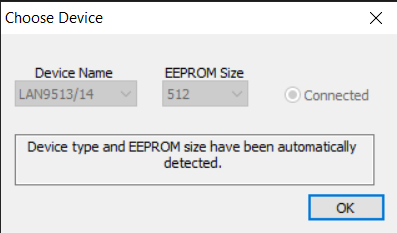

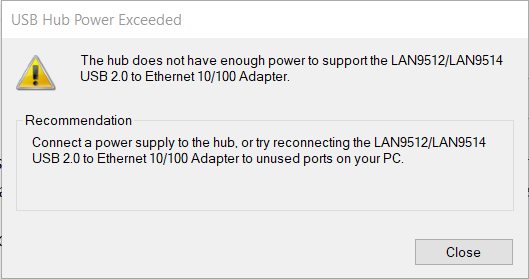

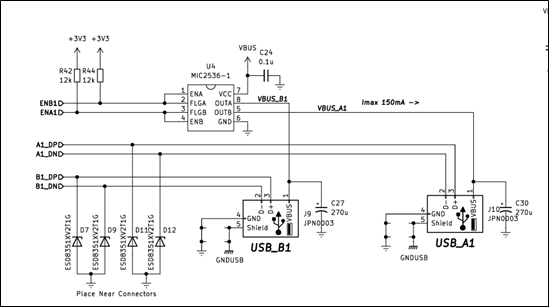
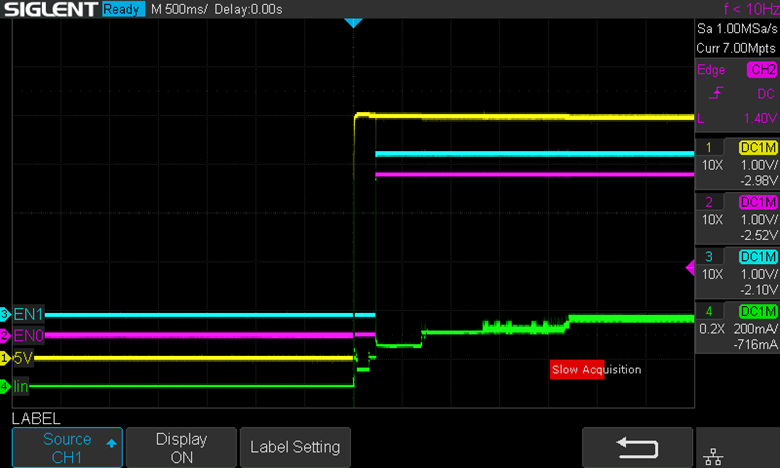


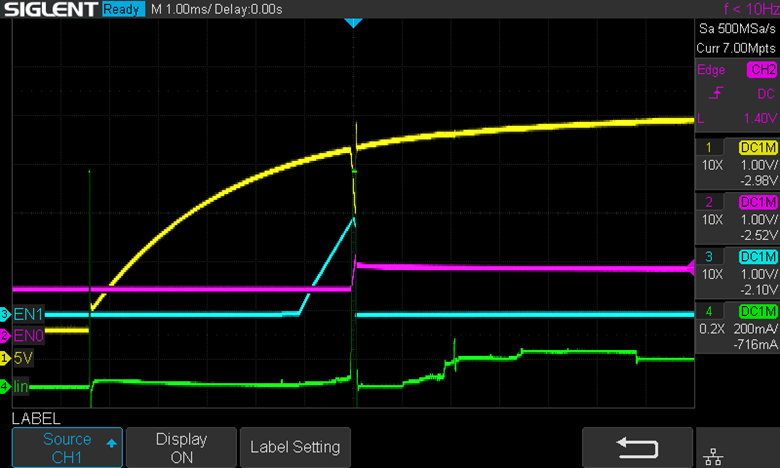

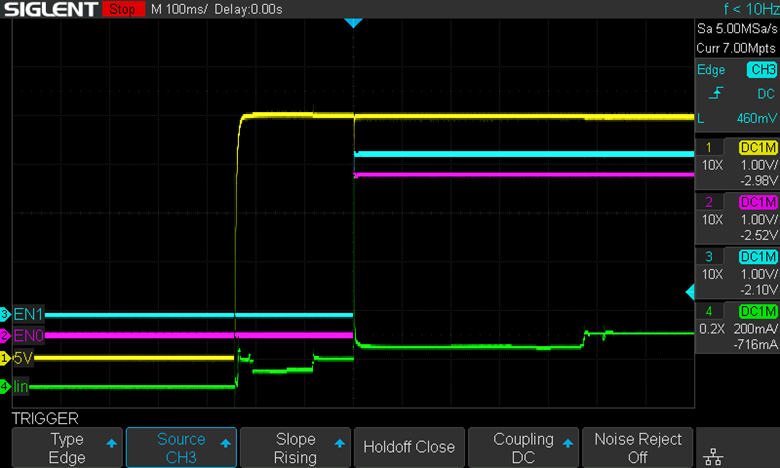


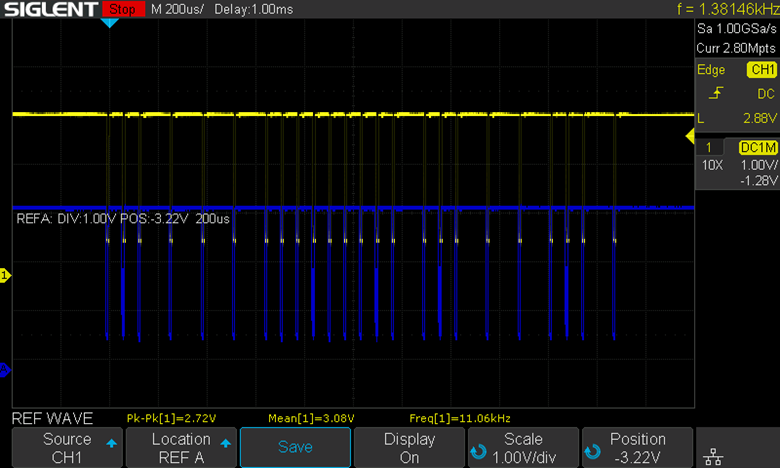
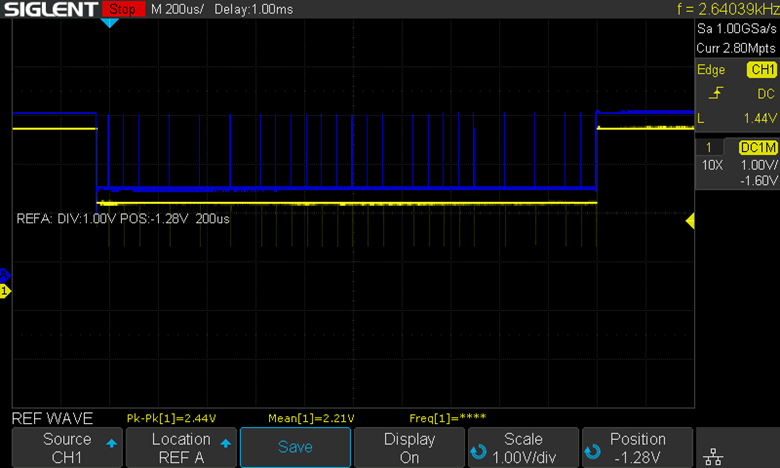
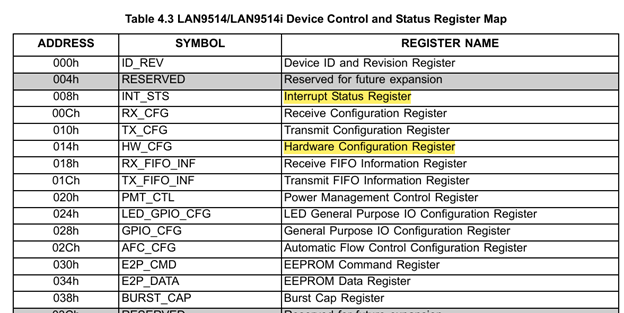

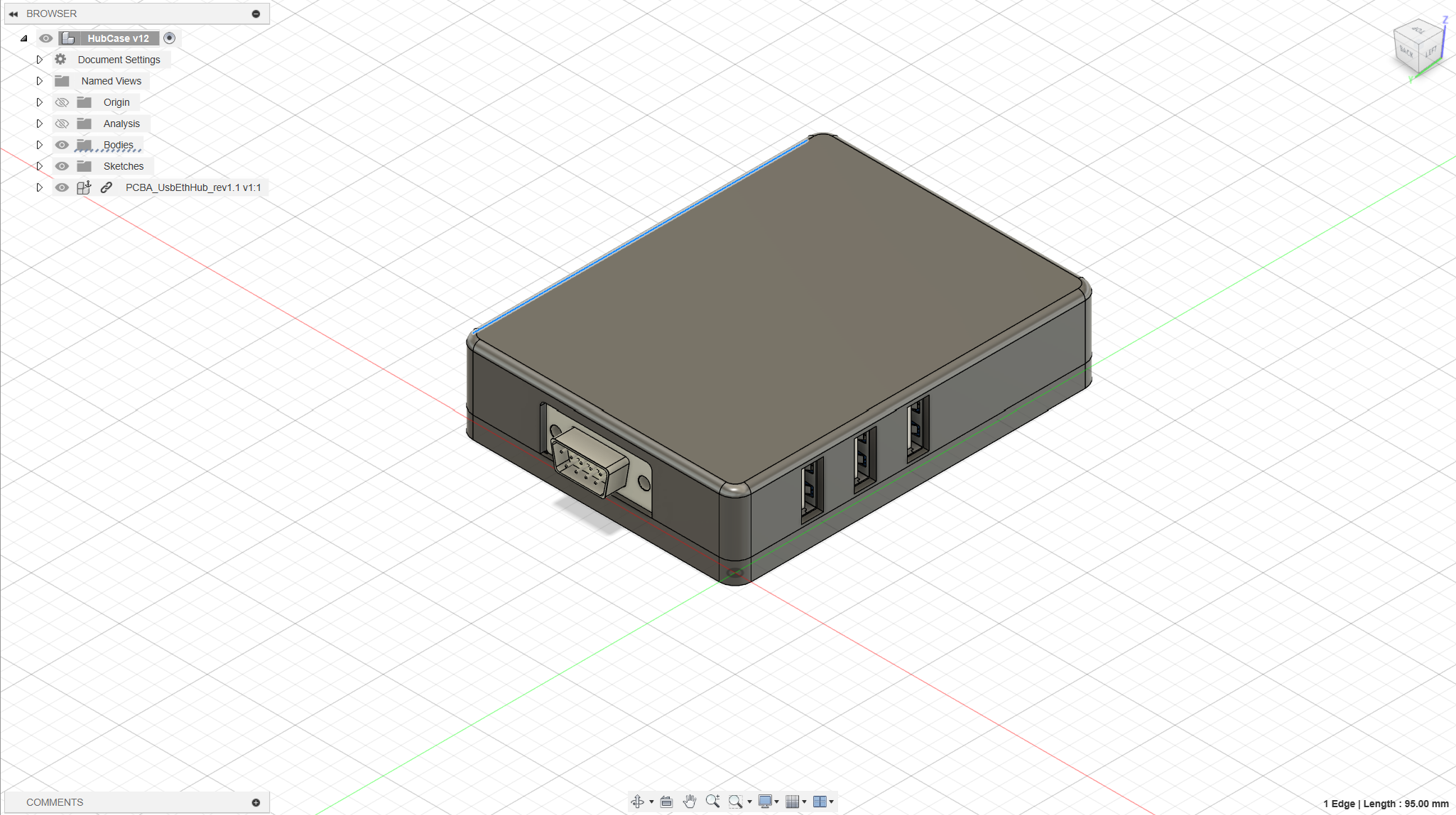


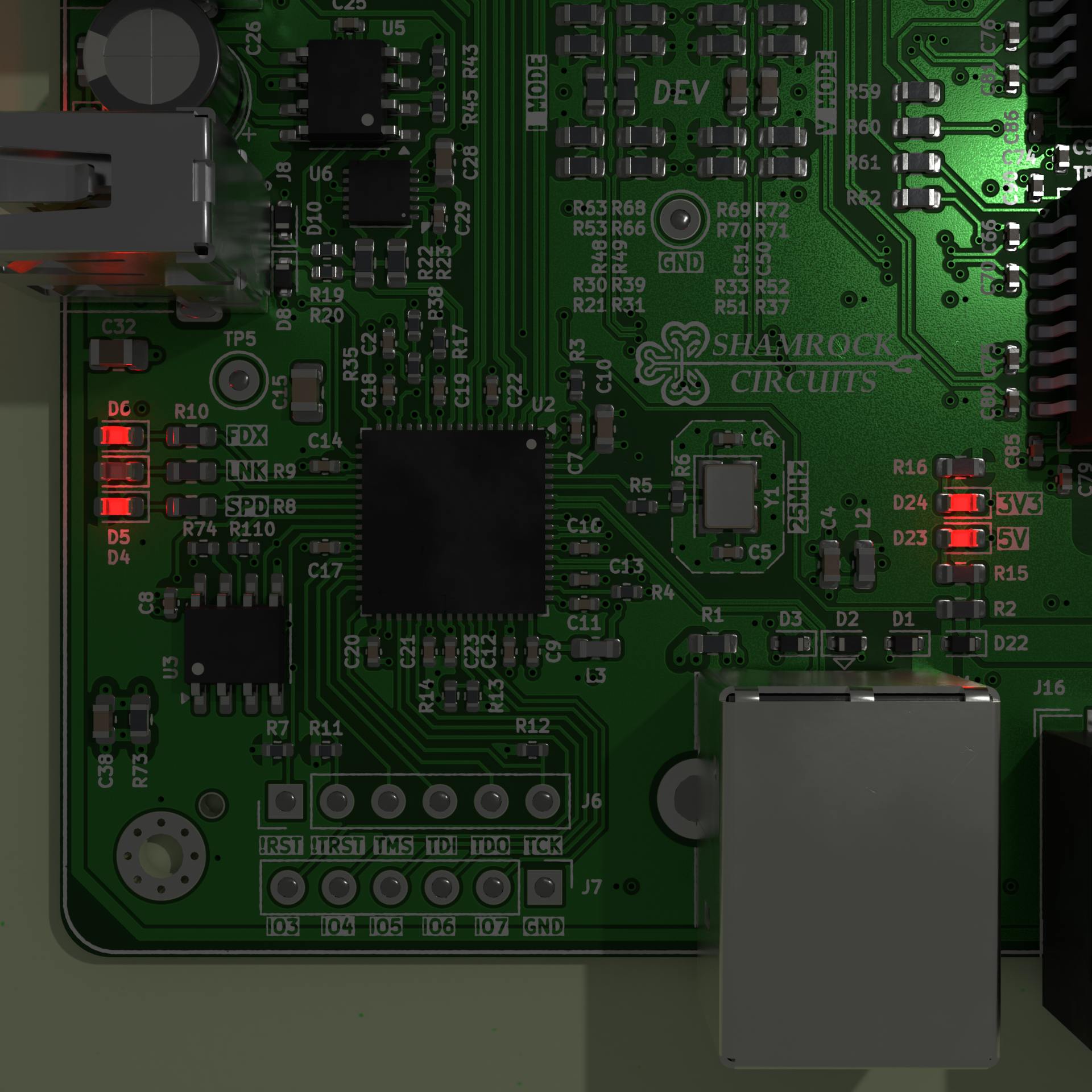
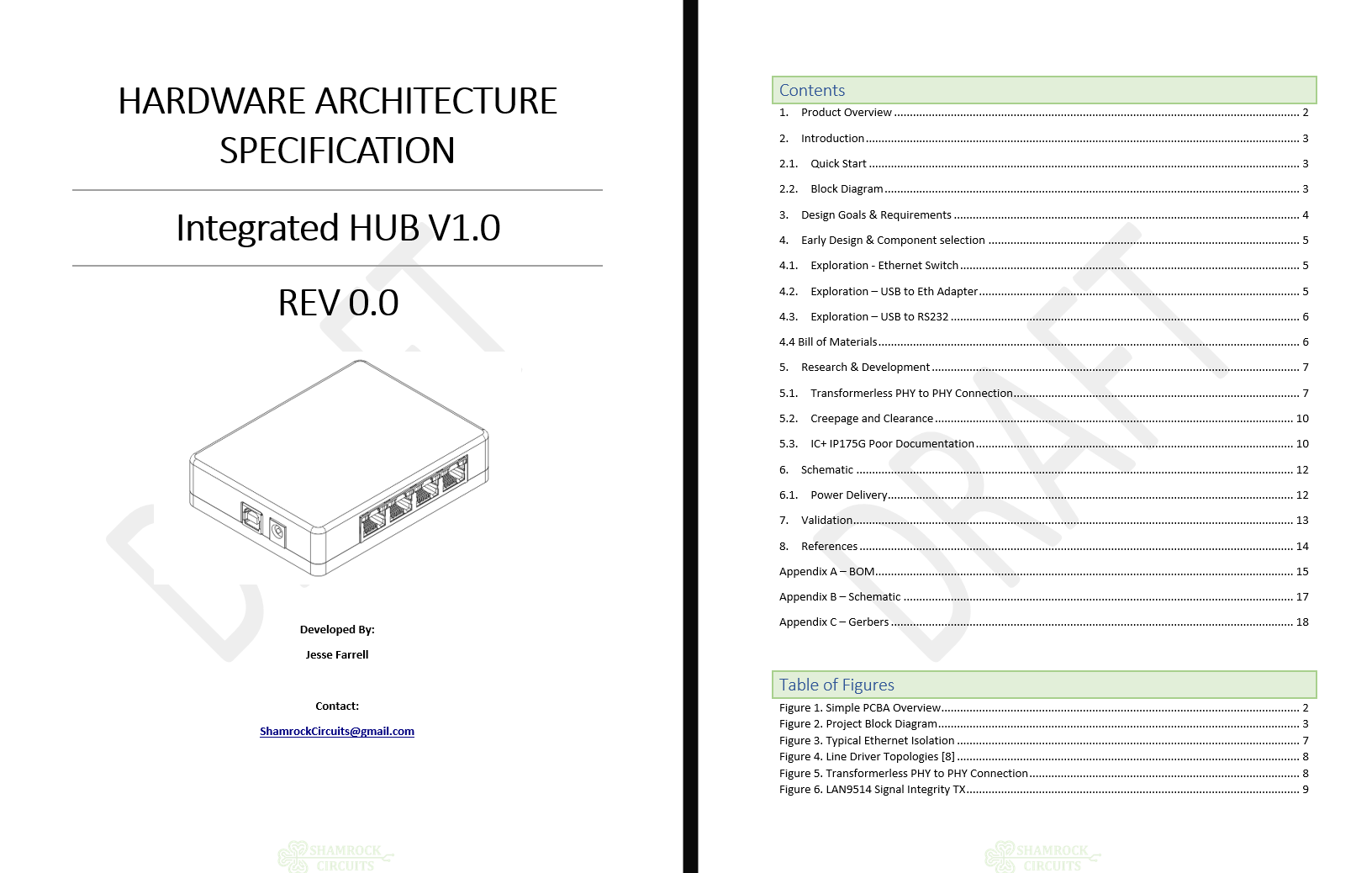

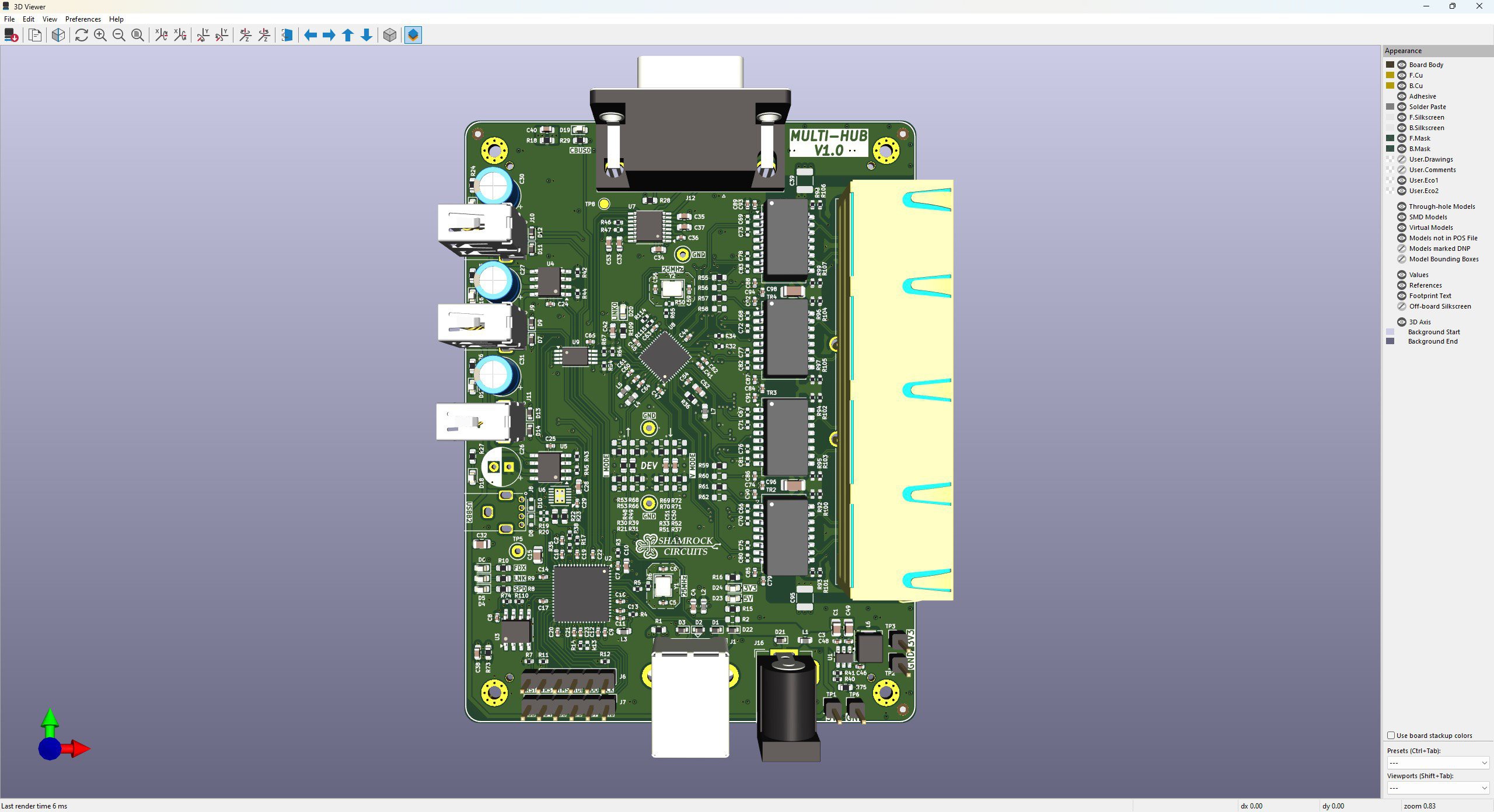

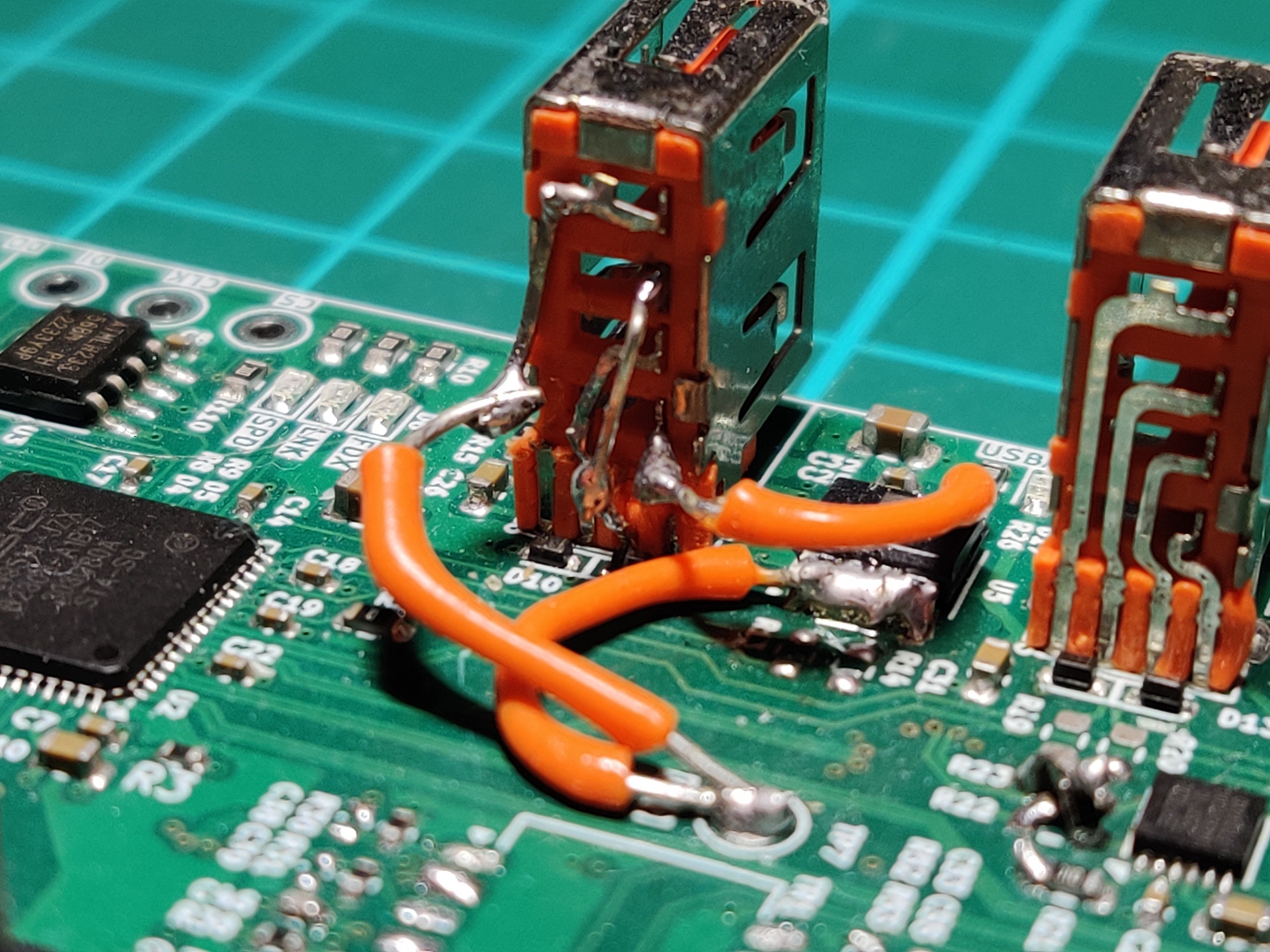

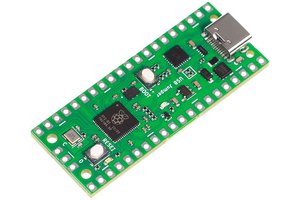
 CentyLab
CentyLab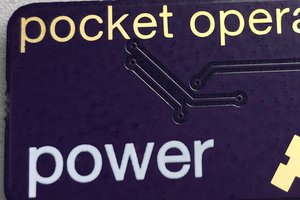
 Ben Holmes
Ben Holmes
 rbtsco
rbtsco
 Nicolas Schurando
Nicolas Schurando